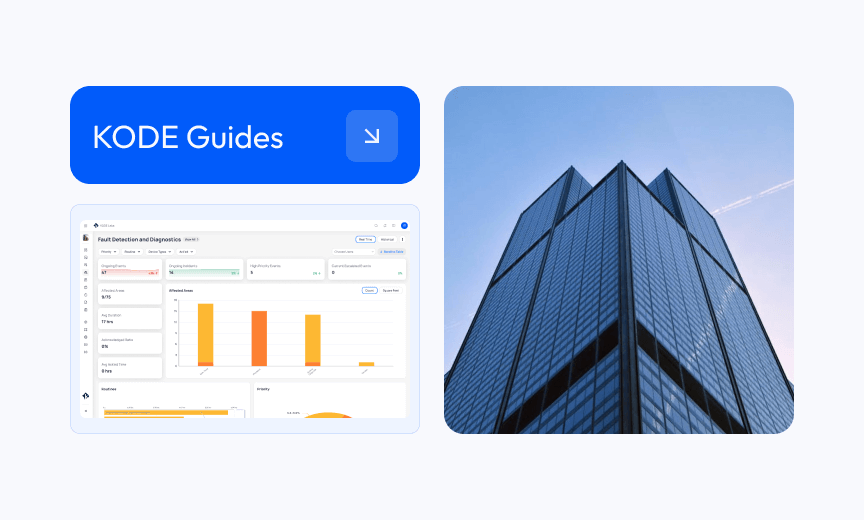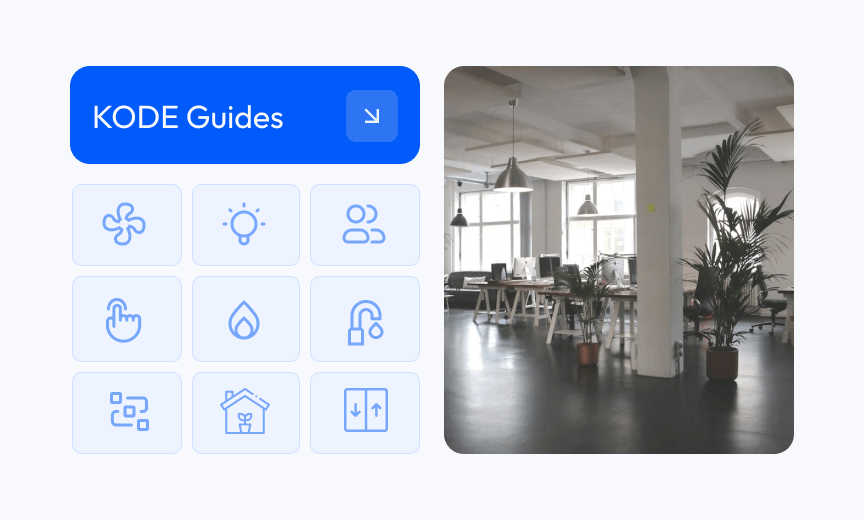On this page
Sign up to our newsletter
Subscribe to receive the latest blog posts to your inbox every week.
By subscribing you agree to with our Privacy Policy.
Modern buildings have complex HVAC systems with thousands of pieces of equipment, which makes maintaining optimal performance and efficiency challenging. Traditional preventative maintenance done every 3-5 years doesn’t cut it. Reactive maintenance after complaints or breakdowns is too late – you’ve already lost money and upset tenants.
There’s a better approach called continuous commissioning, and KODE OS provides the cutting-edge solution. Our Functional Testing Tool (FTT) – the industry’s first self- serve automated platform for true continuous commissioning – has been optimized to work better than ever before. With state-of-the-art automation, enhanced scheduling, and streamlined workflows, FTT empowers you to take control of commissioning activities yourself. No more spending millions on commissioning agents or tying up internal staff.
In this guide, we’ll explore why KODE’s continuous commissioning is better than other forms of commissioning. You’ll learn about best practices for operational excellence with KODE, its economic impact on maintenance costs and lease rates, and how you can get started with KODE’s continuous commissioning at your building. Most importantly, you’ll see how this approach delivers returns through better equipment operation, energy savings, and extended system life – translating to lower overhead and happier tenants.
The future of commissioning is automated, self-serve, and sustainable. KODE’s commissioning is key to modern facilities management. Let’s get started!
KODE CCx
Delivering an automated, self-serve and sustainable building(s) commissioning.
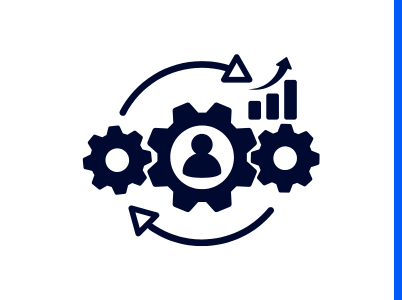
A well informed Operations Team on operational health of equipment in tenant spaces.
Lower energy bills, extended equipment lifespans, and enhanced air quality leading to improved building efficiency.

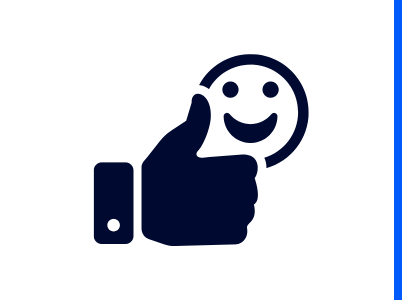
Happy tenants loving the proactive approach to managing their spaces.
“It’s good stuff, I’m able to reduce my inspection time by 50%.” – Building Operator about Functional Testing Tool (FTT).
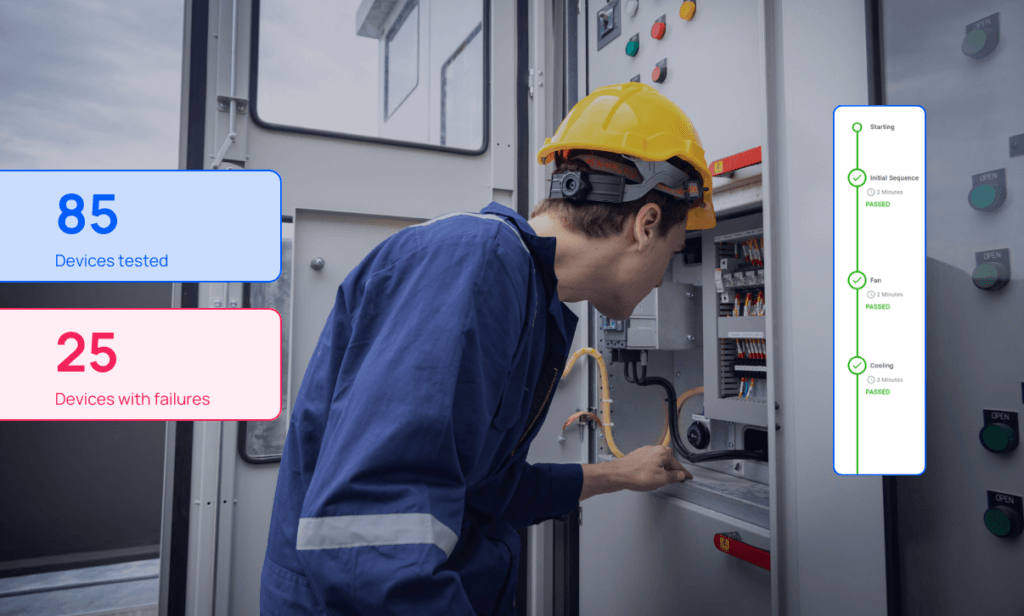
How KODE CCx solves building maintenance and commissioning challenges
Traditional and retro commissioning approaches provide only a snapshot view of your building’s equipment performance at a specific point in time. Whether it’s during initial construction or periodic recommissioning every few years, these methods simply reveal how systems were operating on the testing date. However, they inevitably miss issues that arise after the testing period is over.
The result? You end up resolving problems reactively, after tenants have already been impacted and submitted maintenance requests. This is inefficient, leads to unhappy tenants, and allows small issues to potentially escalate into larger problems before being addressed.
With preventative maintenance, you check your whole building every few years, and coordinate it based on historical data and best practices. You’ll also have a digital log for work orders and maintenance. KODE Continuous Commissioning (CCx) takes a different approach by consistently testing and monitoring your facility’s equipment on an ongoing basis – much more frequently than preventative maintenance cycles. This allows you to spot emerging faults and inefficiencies proactively before they disrupt operations or impact tenant comfort.
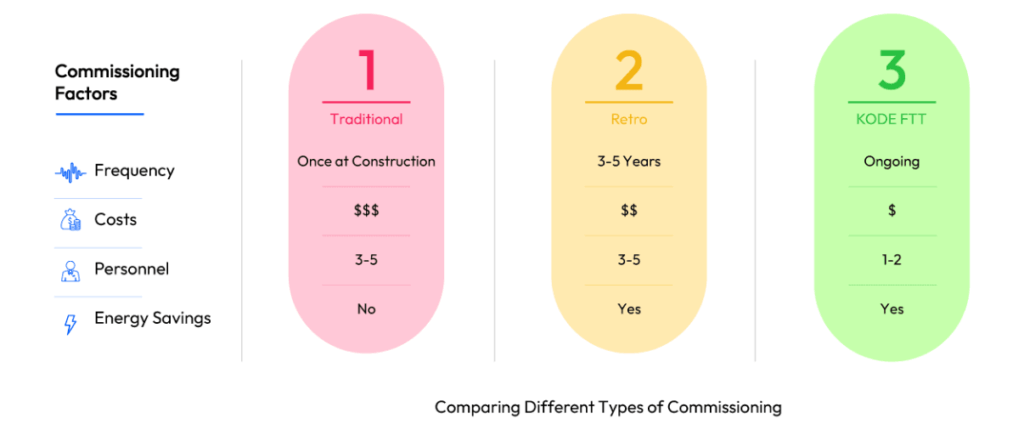
With KODE’s automated testing platform, you gain a continuous pulse on equipment performance. Any developing issues are flagged immediately, enabling your team to take corrective action right away rather than waiting months or years until the next commissioning period.
This proactive approach streamlines operations by allowing you to systematically schedule maintenance tasks, assign work orders, and resolve problems before they become emergencies. There’s no need to rely on commissioning agents to perform arduous manual testing either – KODE’s self-serve solution empowers your in-house team. This leads to a commissioning program optimized for operational efficiency, energy savings from well-maintained equipment, improved tenant satisfaction, and an extended useful life for your building systems.
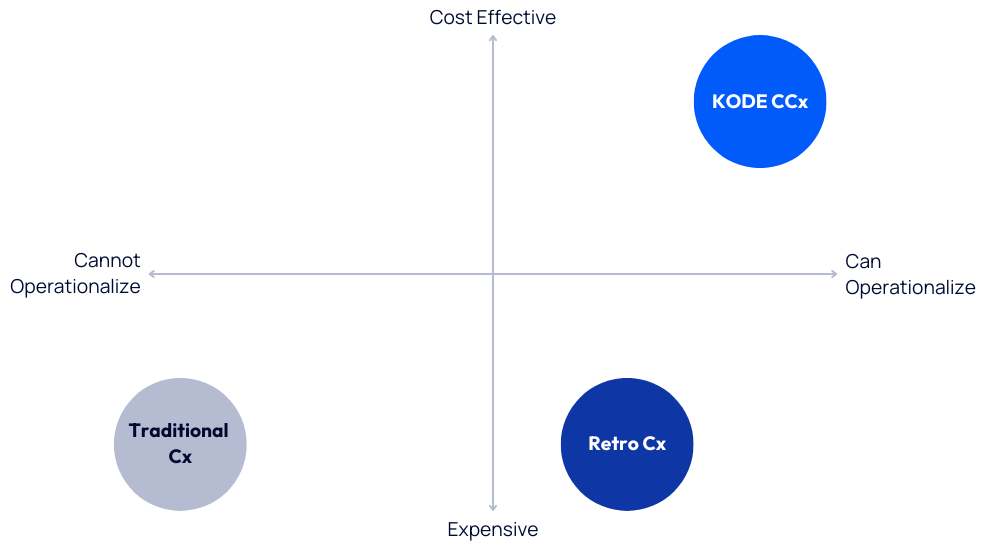
Top 5 benefits of KODE CCx

Automated Proactive Maintenance
Automatically test thousands of pieces of equipment.

Labor & Operational Efficiency
Creating your maintenance schedule around the building’s data proven inefficiencies.

Energy Efficiency
The team makes any final adjustments to the process.

Better Tenant Experience
Get fewer hot/cold complaints from tenants.

Extended Equipment Lifetime
By proactively addressing issues, get more out of your capital expenditure on equipment.
Automated Proactive Maintenance
With our automated commissioning tool, our software rapidly analyzes thousands of HVAC system components, enabling identification of faults in a way that is more accurate and labor efficient than other forms of maintenance such as preventative (manually testing over a span of 3-5 years) or reactive (testing when you get a tenant complaint).

Labor & Operational Efficiency
Our software allows you to easily schedule commissioning projects so you can plan your operations around them. For example, if you test weekly you can schedule them for Fridays and spend the next week dispatching the team to investigate and resolve any issues identified in the results. This maximizes the team’s productivity when it comes to maintenance by equipping them with data to prioritize tasks.
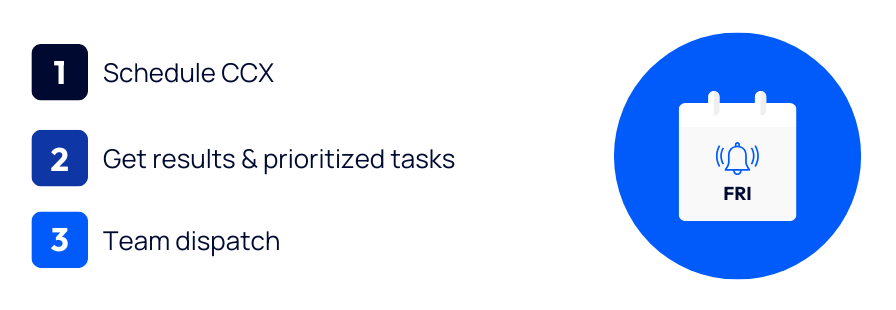
Better Tenant Experience
By being able to conduct functional tests more frequently, i.e. on a weekly basis, you identify issues and get to address them immediately, before you receive a tenant complaint. This ensures tenant comfort, providing an enhanced experience which is essential for high end tenants.
Energy Efficiency
With gaining visibility into equipment inefficiencies in the building, you are able to address issues before they lead to a major expenditure of energy, which leads to significant energy savings. Now the building is expending the energy it needs to, without going through an extended period of time wasting energy on failing equipment.

Extended Equipment Lifetime
When you experience mechanical failures, this leads to other equipment responding by expending extra energy to compensate for that failing device. With continuous commissioning, you resolve failures immediately, so your equipment doesn’t waste as much energy, which extends their lifetime. KODE OS’ functional testing tool helps you obtain the most value out of your building equipment.
A year in the life with KODE CCx
What does Continuous Commissioning look like in practice? Does it produce results?
To illustrate how Continuous Cx is operationalized let’s take the below building example.
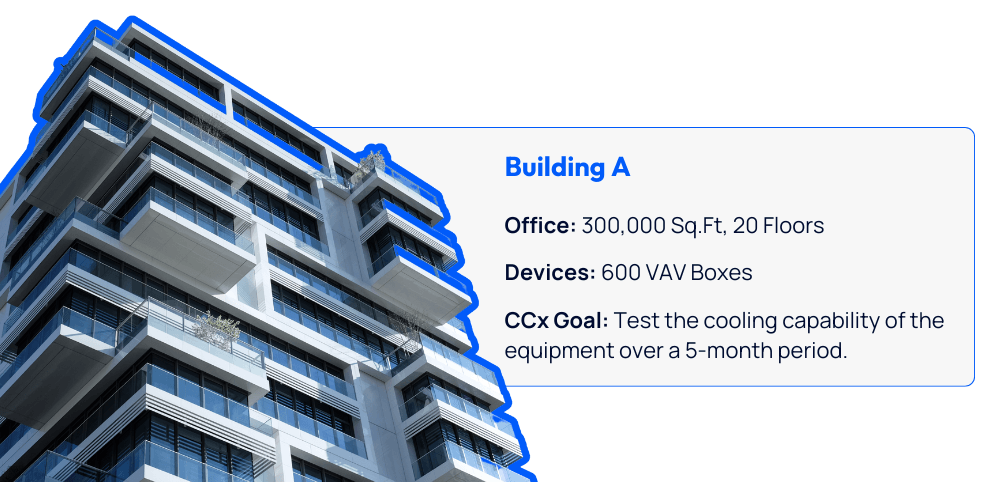
Weekly testing on Fridays
The team has intentionally scheduled testing to be conducted weekly, on Friday’s at 3pm. This is convenient for both tenants and operators as Friday’s tend to have the least occupied floor spaces, especially later in the afternoon. The individual boxes on the floor are gradually tested over a one to two hour period to avoid disturbing any tenants and not put any excess load on the equipment or energy usage of the building. The testing is automated and scheduled in advance and the operators will be notified via email when the testing is complete.
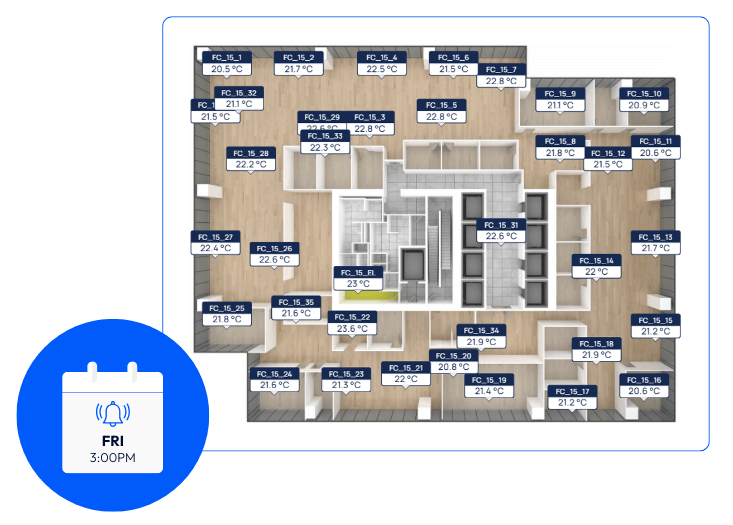
Review results and next steps
Continuously Commissioning on Fridays makes it easy for the operations teams that handle the review of results and next steps. After handling Monday morning startup, the operators have a concise report in their inbox with a summary of last week test results, including specific VAV boxes with issues and the details of those issues. They have all week to review, investigate, and take action on the prioritized items before another round of commissioning takes place at the end of the week. The weekly cadence progresses through the building fast enough to test every piece of equipment for its heating and cooling capability over a 12 month period, but does so gradually without overwhelming the operations team with tasks. Commissioning is focused on a floor by floor basis for concise review of results and efficient resolution.
Operators and site teams rest assured knowing all equipment on that particular floor has been commissioned and that tenants in that space will be comfortable leading to greater confidence in handling hot/cold calls and better experience for the building occupants.

Findings
Findings from Continuous Commissioning are clear and actionable. Directly identifying where and what the problem is with the most common findings being things like stuck dampers, stuck heating and cooling valves, broken actuators. These issues can readily and proactively be addressed by the operations team to return the equipment to normal operation.
What CCx looks like over a 12-month period

Concise reports delivered to your inbox weekly.

A handful of prioritized maintenance tasks every week.

A well informed operations team on operational health of equipment in tenant spaces

Happy tenants who appreciate the proactive approach to managing their space.

Lower energy bills as inefficiencies are detected regularly and addressed proactively.
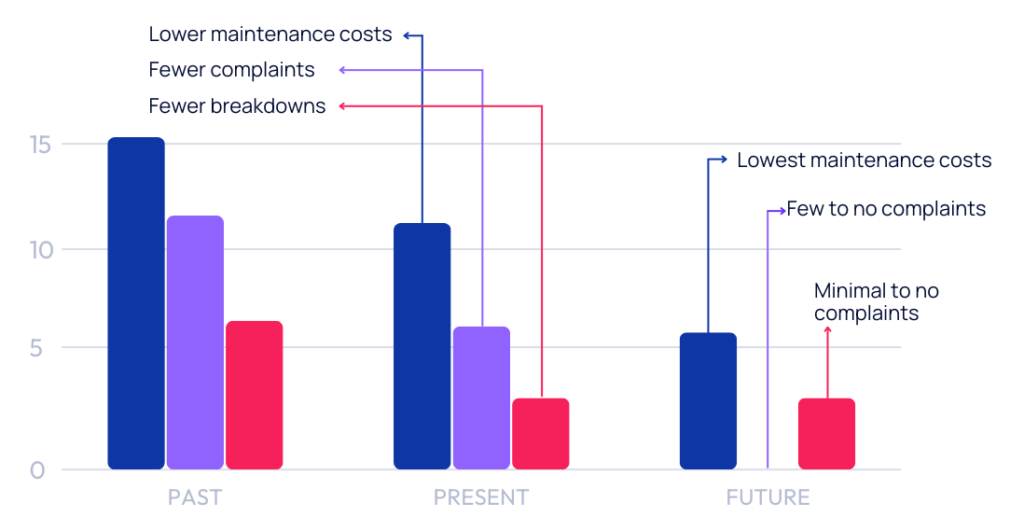
Conclusion
Continuous commissioning is essential for commercial real estate buildings to ensure optimal performance, energy efficiency, and tenant comfort. By continuously monitoring and analyzing HVAC system components through automated functional testing, issues can be rapidly identified and addressed before leading to major equipment failures, tenant complaints, or excessive energy waste.
This proactive approach allows for planned, efficient maintenance that maximizes operational productivity and extends equipment lifespan. Resolving inefficiencies promptly also leads to significant energy savings over reactive maintenance models. Overall, continuous commissioning provides a systematic way to enhance the tenant experience through consistently comfortable conditions while reducing operational costs – crucial for profitability in highly competitive commercial real estate markets.
Ready to get started or learn more? Book a demo today!
SUCCESS STORIES
Economic impact on maintenance costs and lease rates
The adoption of predictive maintenance has significant financial benefits. By predicting and preventing issues, property managers can noticeably reduce costs associated with common area maintenance (CAM), thereby boosting net operating income by trimming operational expenses.
Below, we’re taking a sample commercial building (Building A) with 400,000 square footage, $100,000 CAM annual expenses, and 25 different systems integrated with KODE OS. Taking the average annual operational savings we have observed since 2020 across hundreds of buildings using KODE OS and a sample $100/sf rent, the study highlights the impact of operational saving on both tenant lease rates and NOI for clients.
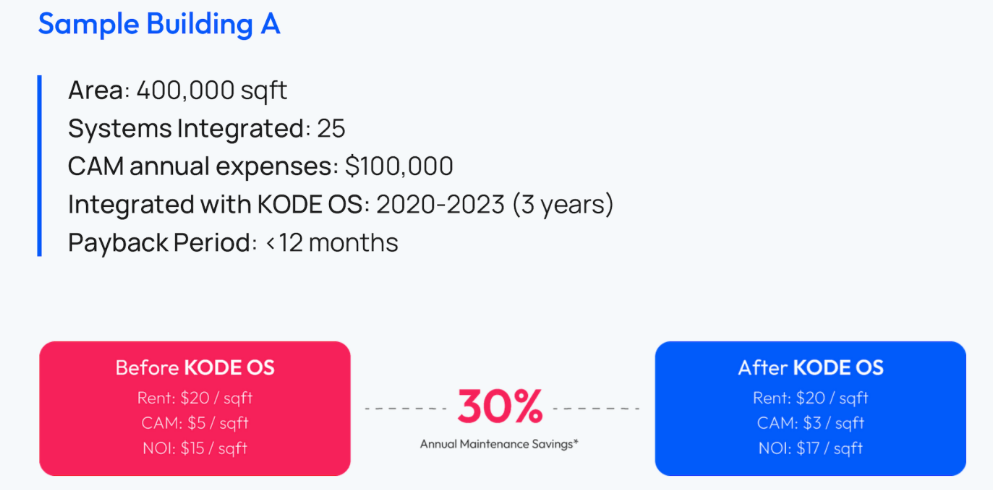
*Annual maintenance savings are observed and calculated across a combined portfolio of KODE notable clients (with 100+ buildings of commercial, retail, residential and mixed-use of different sizes, ranging from 100,000 sqft and above). All strategies as described earlier, are actively running in these buildings. Detailed case studies can be shared upon request.
Operational excellence on two facilities
A number of issues observed had a direct impact on energy consumption, while others impacted comfort/productivity of building occupants. The accompanying table aggregates all potential issues and showcases all KWH/$ savings.


